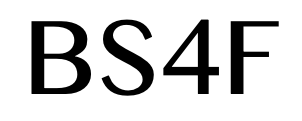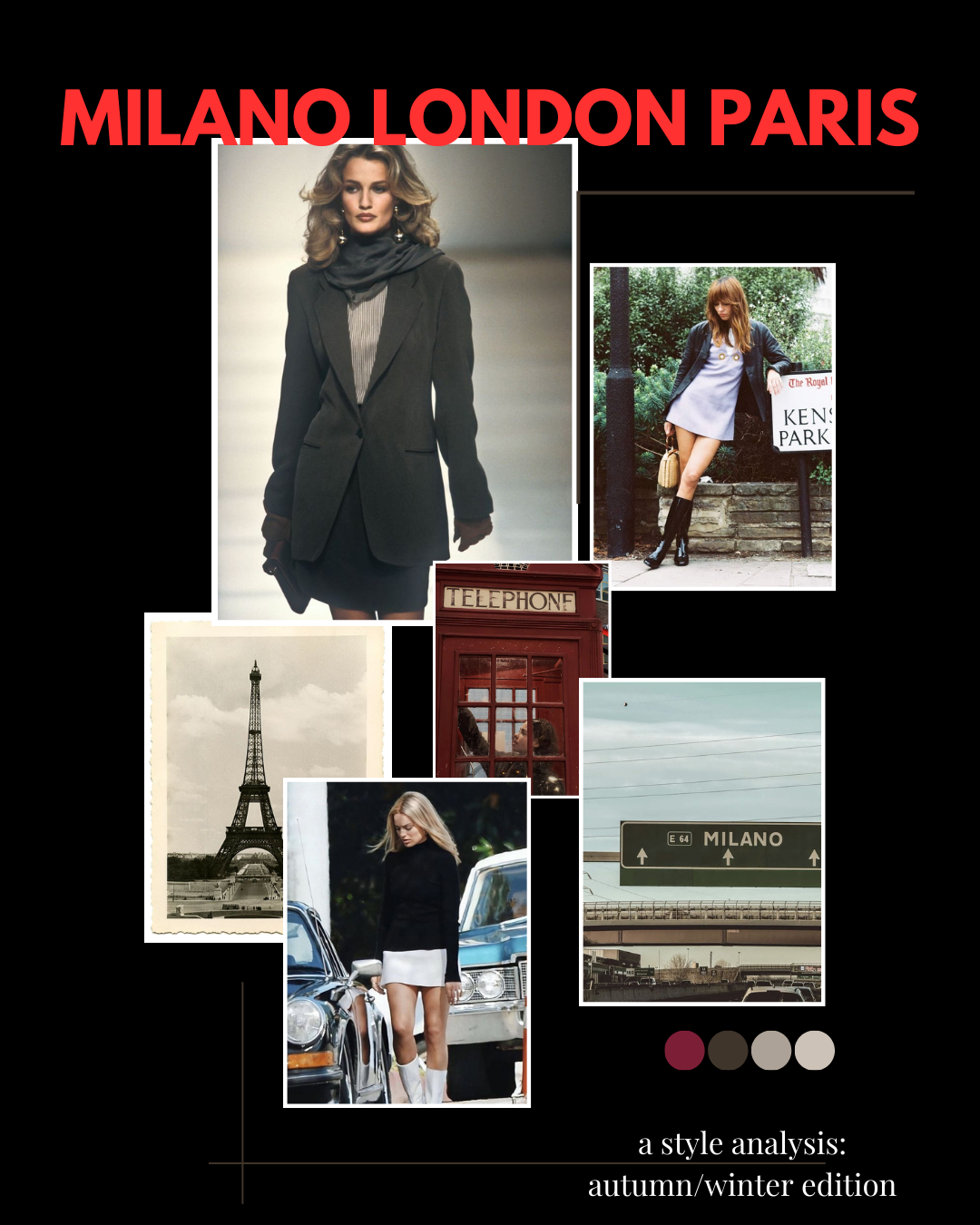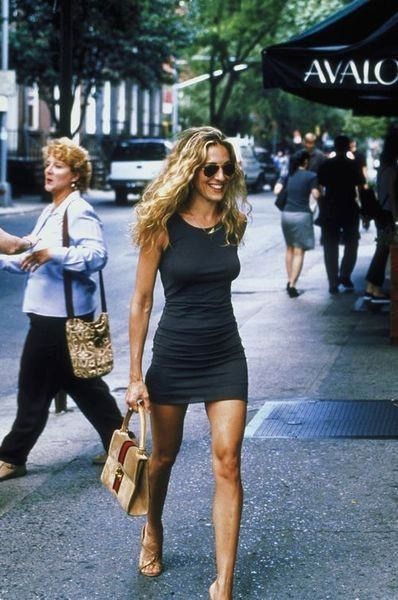These three cities, often dubbed “fashion capitals of the world,” each present distinct styles that inspire millions. But what makes each city’s style so iconic and unique?
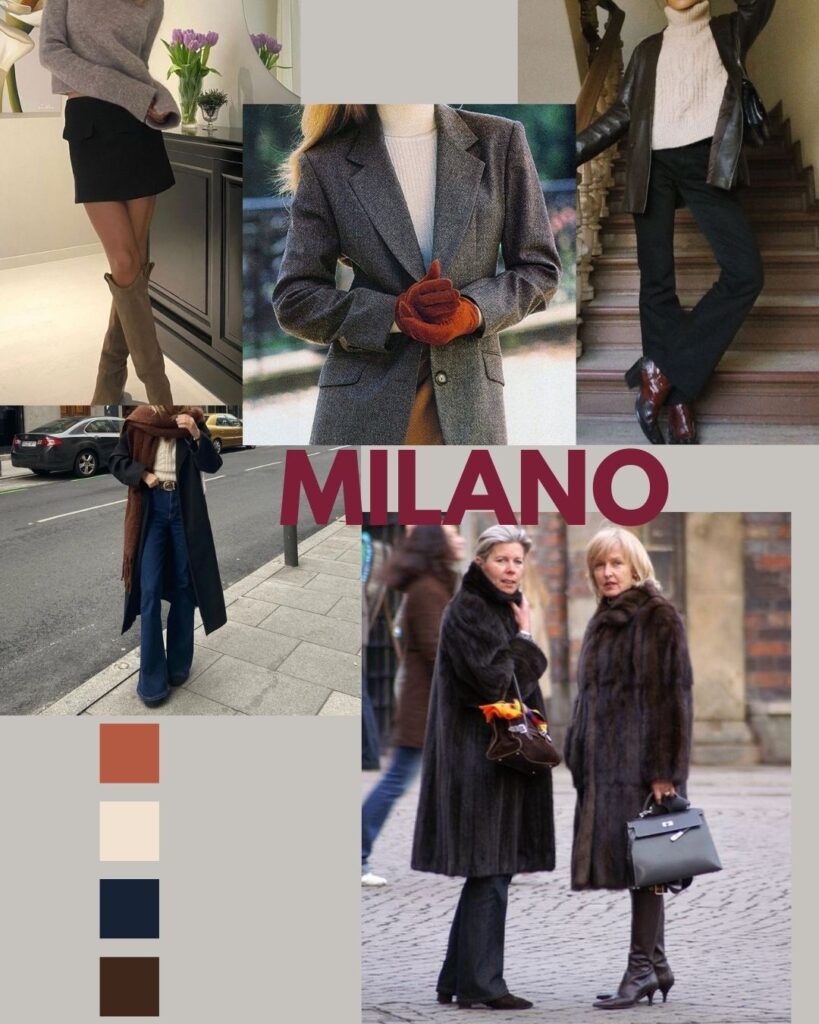
Milano is synonymous with polished elegance and luxurious craftsmanship, but there’s a rich cultural layer to the Milanese style that extends beyond refinement. Milan embodies a distinctly Italian passion for quality materials, with leather playing an especially prominent role. Whether in handbags, jackets, or boots, leather is not just a material but an art form here. Autumnal streets see rich textures everywhere: from leather to wool and cashmere, creating a warm yet sophisticated aesthetic. Slim-cut jeans, sleek turtlenecks, and tailored silhouettes are Milanese staples, balancing chic style with subtle comfort. Milanese grandmothers still set the standard for opulence, often wrapped in elegant furs that speak to a heritage of luxury. Women across the city, whether in Brera or the bustling fashion district, embody “quiet luxury”—favoring monochrome or tonal dressing in shades of espresso, camel, and burgundy, with structured handbags and timeless loafers or boots.
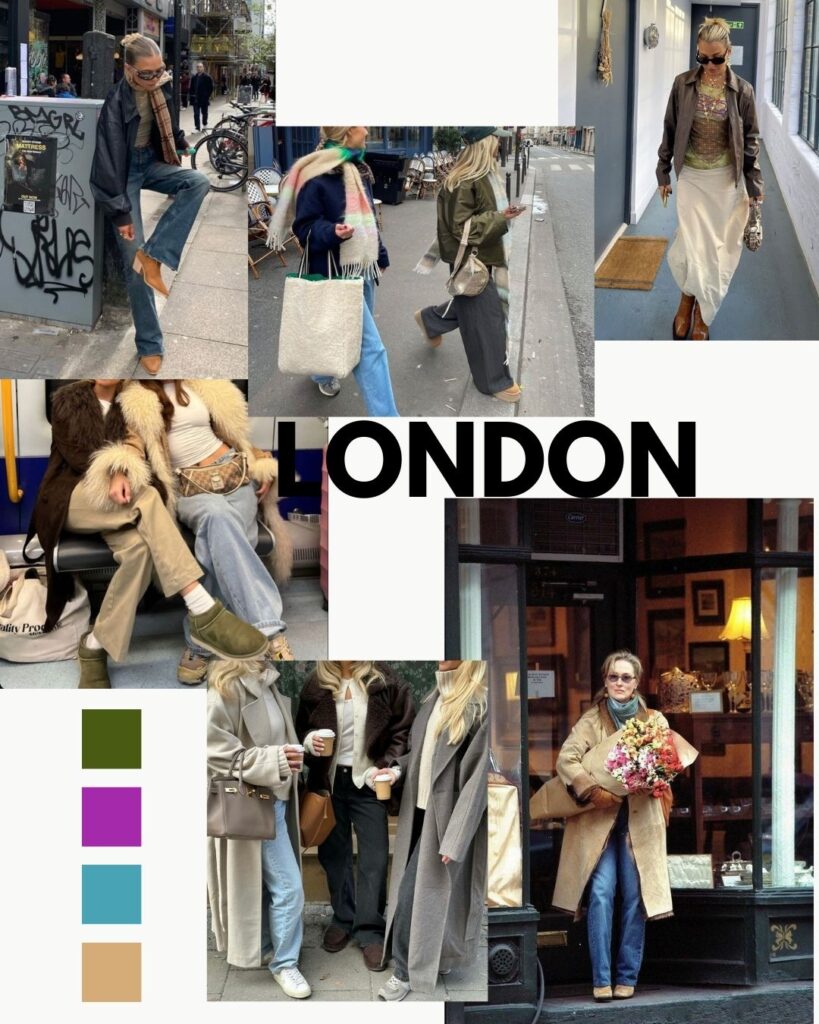
London’s fashion landscape is as varied as its neighborhoods, embodying a spectrum of styles that ranges from traditional to boundary-pushing. In West and North London, a more “posh” aesthetic reigns supreme, characterized by clean, classic cuts with a modern twist. This style has earned the nickname “frazzled English woman,” marked by elements like oversized trench coats or furs, thick sweaters, and scarves experimenting with a large spectrum of pastel leaning colours. In contrast, South and East London boast a bolder, more eclectic style that feels distinctly urban and edgy. Here, fashion takes on a more experimental and unrestrained quality, featuring baggy low-rise trousers, oversized blazers, and the now-iconic slicked-back buns often paired with statement sunglasses. Layering and mixing streetwear influences with vintage pieces are common, creating a style that is both individualistic and bold. There’s an element of subversiveness—mixing high and low fashion, or pairing thrifted finds with luxury items. This culminates in South and East London being a hub for trendsetters and rule-breakers alike.
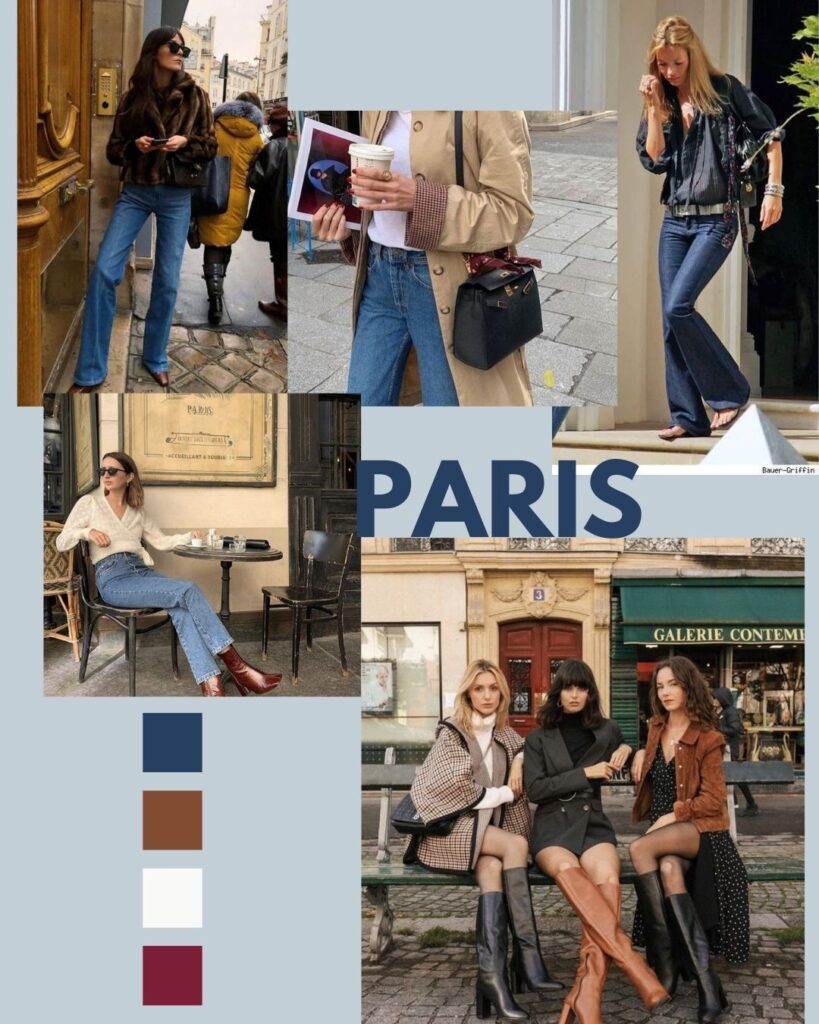
Paris epitomizes effortless chic, but its style is far from monolithic. In areas like the 16ème arrondissement, there’s a love for timeless, high-end pieces that speak to classic French sophistication. Dark-wash straight jeans, tailored trousers, and quality wool coats in neutral tones are staples. Layered jewelry adds a refined touch to the minimalist base, while classic blouses and ankle boots create a look that’s simultaneously polished and understated. French brands like Maje, Sandro, Sezane, and Zadig & Voltaire are favorites, embodying this classic, high-quality aesthetic that prioritizes investment pieces. In contrast, “bobo chic” (bourgeois-bohemian) thrives in the Marais and Canal Saint-Martin, where a relaxed, vintage-inspired style prevails. Here, oversized cardigans, flowing skirts, and earthy tones bring a ’70s-inspired, hippie flair to Parisian fashion, with thrifted or artisanal pieces mixed effortlessly with designer items.
By Leona Dogra
